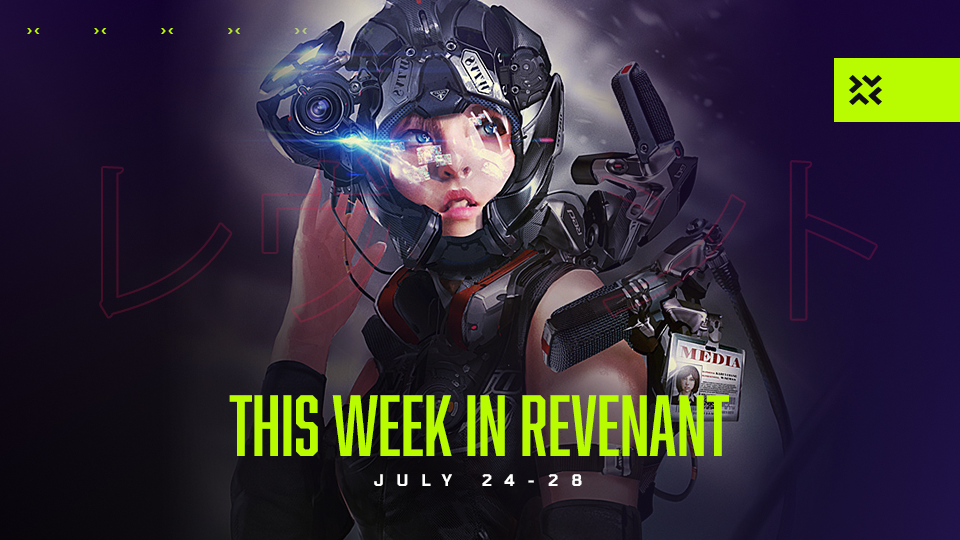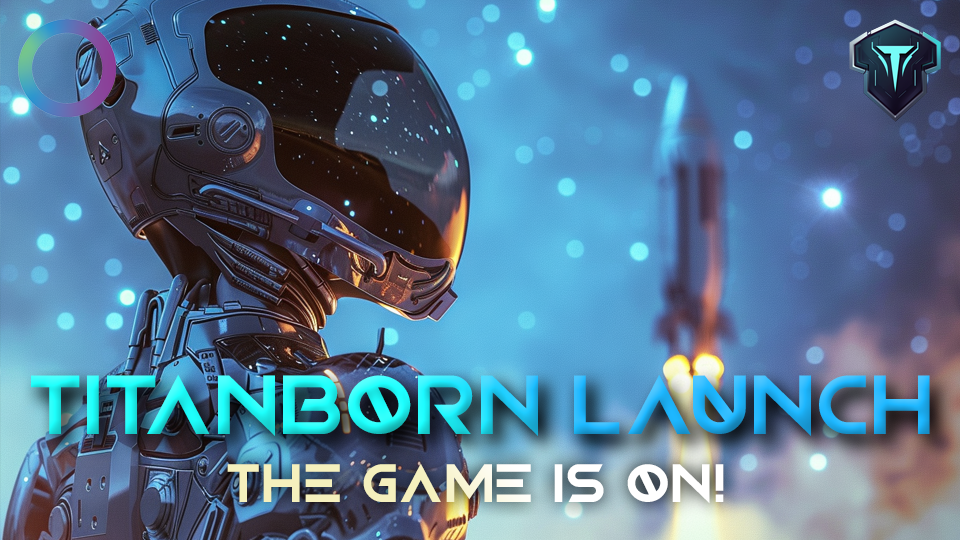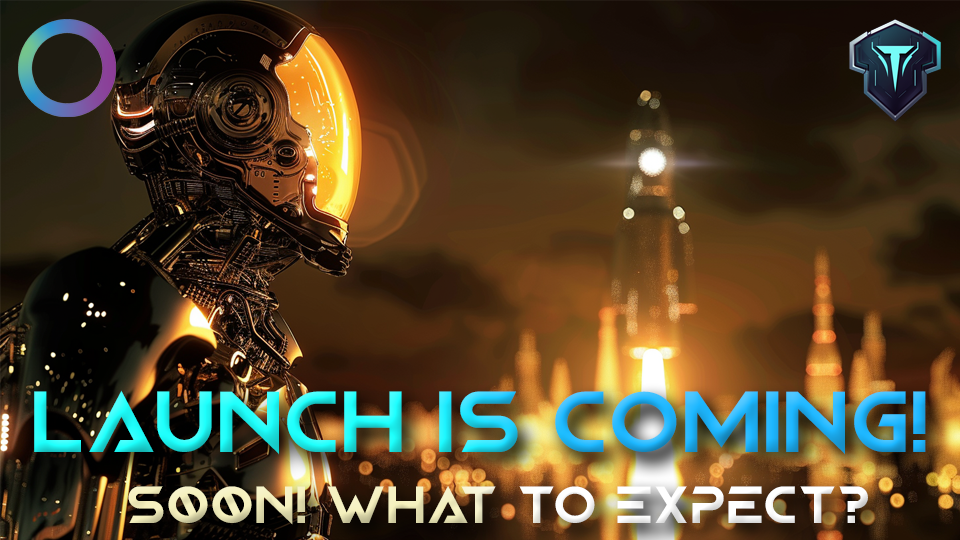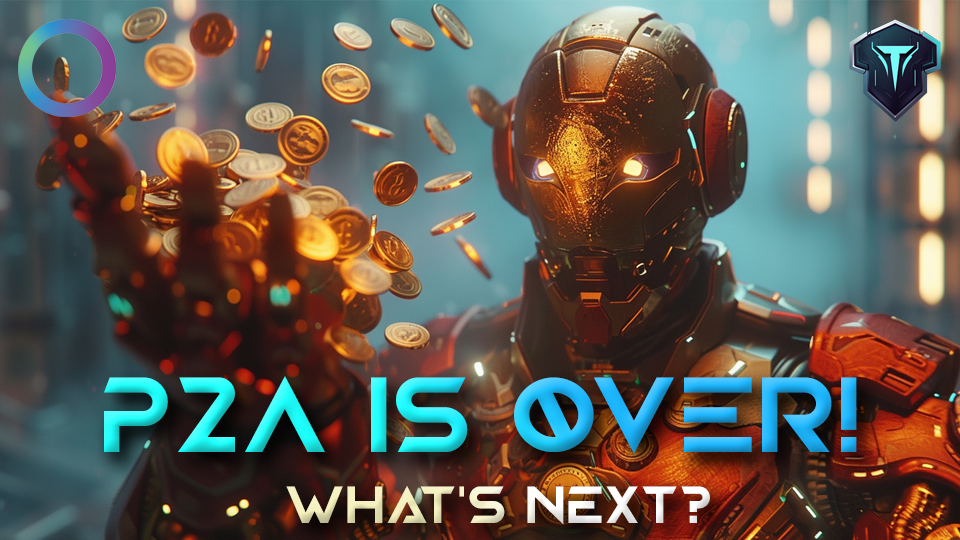
This article continues our previous one left off. We hope you’ve been enjoying this industry insider series that we (re)started a month ago. Hopefully you will find value in them and use them to better your own projects!
Non-Fungible Tokens (NFTs), the unique digital assets that provide proof of authenticity and ownership of online items, are starting to redefine the sphere of blockchain gaming. Distinct from cryptocurrencies like Bitcoin or Ethereum that can be exchanged uniformly, each NFT is endowed with unique identifiers and metadata, and a transparent record of ownership. But did you know that a virtual cat in the CryptoKitties game was once sold for over $170,000? Welcome to the world of NFTs and blockchain gaming.
The Emergence of NFTs
NFTs burst onto the scene in 2017 with CryptoKitties, a game powered by blockchain that allowed users to trade unique virtual cats. Since then, the use cases for NFTs have expanded, encompassing areas such as artwork, music, videos, virtual real estate, and in-game goods.
While most NFTs are built on Ethereum’s blockchain, other platforms like Binance Smart Chain and Flow are also gaining ground for hosting NFTs. The decentralized and transparent nature of blockchain ensures the uniqueness and transferability of each NFT, empowering creators to define their properties and set rules for ownership.
Revolutionizing Digital Asset Ownership with NFTs
One of the key features of NFTs is their ability to denote ownership of digital assets, a task that was previously difficult to monetize or authenticate. Before the emergence of NFTs, digital files could be copied with ease, with no way to assert ownership or scarcity. However, NFTs have allowed artists, creators, and collectors to assign value to unique digital creations, establishing provable ownership.
Understanding the NFT Lifecycle
Minting NFTs: A Step-by-Step Process
When creators mint an NFT, they typically attach metadata to it, including details about the artwork or item, the creator’s information, and sometimes additional content like multimedia files. This metadata provides context and provenance for the NFT.
Selling NFTs: From Primary to Secondary Sales
Once minted, the NFT can be bought, sold, or traded on various NFT marketplaces. Primary sales occur directly from the creator to the buyer, while secondary sales involve the transfer of ownership from one individual to another, often with the original creator receiving a percentage of the sale value as a royalty fee.
NFTs in the Limelight
NFTs have made headlines due to several high-profile sales and endorsements by artists, musicians, and celebrities. For instance, digital artist Beeple’s artwork “Everydays: The First 5000 Days” sold for $69 million, Twitter CEO Jack Dorsey’s first tweet was sold as an NFT for over $2.9 million, and musician Grimes sold digital artworks and music-related NFTs for millions of dollars.
Blockchain Gaming: A New Paradigm
Blockchain gaming integrates blockchain technology into video games, creating a new paradigm for game development, play, and monetization. It combines the features of traditional gaming with the decentralized and transparent aspects of blockchain, allowing players to have true ownership and control over their in-game assets.
Ownership of In-Game Assets
In blockchain gaming, in-game assets, often represented as NFTs, are stored on the blockchain, giving players verifiable ownership. These assets can be traded, sold, and used across multiple games, creating a player-driven economy.
Interoperability and Cross-Platform Support
Blockchain gaming allows for interoperability between different games and platforms. Since the assets are stored on the blockchain, players can utilize their assets across multiple games or even outside of gaming environments. This cross-platform support opens up new possibilities for asset utilization and value creation.
Transparent and Secure Transactions
Blockchain technology ensures transparency and security in transactions within the gaming ecosystem. Every transaction is recorded on the blockchain, providing a verifiable and tamper-proof history of asset ownership, transfers, and trades. This transparency helps combat fraud, counterfeit items, and unfair practices that may occur in traditional gaming.
Play-to-Earn Mechanics
Blockchain gaming introduces the concept of play-to-earn, where players can earn real-world value through their in-game activities. By acquiring rare or valuable assets, players can sell them to other players or on NFT marketplaces, earning cryptocurrencies or other rewards. This incentivizes engagement and skill development within the game.
Community Governance
Blockchain-based games often incorporate decentralized governance models, allowing players to have a say in the development, rules, and direction of the game. Through decentralized autonomous organizations (DAOs), players can vote on proposals, participate in decision-making processes, and collectively shape the game’s future.
Unique Game Mechanics
Blockchain technology enables the implementation of unique game mechanics that were previously not feasible. For example, blockchain-based games can introduce provable fairness in gameplay, verifiable scarcity of assets, decentralized tournaments with transparent prize pools, and player-driven content creation.
Funding and Crowdfunding
Blockchain gaming has also revolutionized game funding models. Developers can utilize initial coin offerings (ICOs) or initial NFT offerings (INOs) to raise funds directly from the community. This decentralized crowdfunding approach allows developers to gather support and resources without relying solely on traditional publishing or investment models.
Despite the challenges like scalability, user experience, and the environmental impact of energy-intensive blockchains, ongoing technological advancements aim to address these limitations. Blockchain gaming, powered by NFTs, is an innovative approach to game development, and it is poised to reshape the gaming industry and redefine the relationships between players, developers, and the virtual worlds they inhabit.
NFTs and Blockchain Gaming: A Power Pair
NFTs and blockchain gaming are tightly linked, with NFTs playing a key role in revolutionizing ownership, economy, and gameplay within the gaming industry. The integration of NFTs into blockchain gaming has brought about new possibilities and experiences for players, developers, and the gaming ecosystem as a whole.
From establishing authenticity and ownership to creating new economic opportunities, NFTs have opened up a new frontier in the digital economy. As the technology continues to evolve, the long-term impact and potential of NFTs in blockchain gaming are only beginning to unfold.
In conclusion, the world of NFTs and blockchain gaming is rapidly evolving, offering new opportunities and challenges. Stay tuned for more updates on the latest trends in the digital world. If you found this article insightful, be sure to check out our other articles on blockchain technology and gaming.





